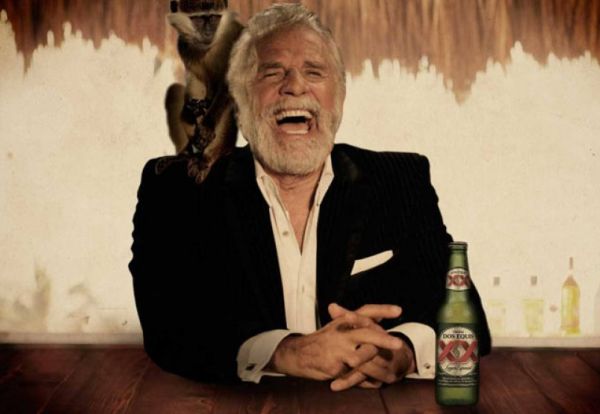Language is one of the most important definers of any organizational culture. The language you choose, the language you don’t choose and the language you choose to replace are a reflection, and in some senses, a definition of your priorities. As the American writer Rita Mae Brown once observed, “Language is the road map of a culture. It tells you where its people come from and where they are going.”
Your words are a statement to others, and more importantly, they are a statement to the internal culture – because deliberate choice of language underpins perspective. Your language choice not only reveals how your organization feels about a matter, it also signals how you might be expected to approach and resolve that matter in the future.
A clear example can be found in released documents from GM. They provide disturbing insights into how those within the motoring behemoth seemed to be feeling about the work they were doing in 2008. This article in Time provides the full list of 69 words and phrases employees were asked to avoid:
“always, annihilate, apocalyptic, asphyxiating, bad, Band-Aid, big time, brakes like an “X” car, cataclysmic, catastrophic, Challenger, chaotic, Cobain, condemns, Corvair-like, crippling, critical, dangerous, deathtrap, debilitating, decapitating, defect, defective, detonate, isembowelling, enfeebling, evil, eviscerated, explode, failed, flawed, genocide, ghastly, grenadelike, grisly, gruesome, Hindenburg, Hobbling, Horrific, impaling, inferno, Kevorkianesque, lacerating, life-threatening, maiming, malicious, mangling, maniacal, mutilating, never, potentially-disfiguring, powder keg, problem, rolling sarcophagus (tomb or coffin), safety, safety related, serious, spontaneous combustion, startling, suffocating, suicidal, terrifying, Titanic, unstable, widow-maker, words or phrases with a biblical connotation, you’re toast”
The temptation might be to read the memo as a legal reminder or even as spin-doctoring. But when employees are openly referring to a brand’s products in these ways, the actual words are of course the thing that management should be least concerned about.
If your organization is struggling with cultural issues right now, a simple and telling way to gauge the real work atmosphere is to pay closer attention to the language that people use to describe their colleagues, other teams, your products and of course customers. What’s being said in meetings and in memos…and what do those words reveal about underlying attitudes?
The goal here of course is not to hamper personal expression or to force people to choose their words more carefully (because that will only further disguise the real emotions at play). What you’re really looking to do is identify and then change the signals that people give each other every day through their communications.
Equally, if you are implementing changes to your brand positioning, think through the new language that your brand will use, both internally and externally, and how the new ways that you articulate who you are, what you strive for, what you value and what you offer will influence attitudes and competitive approaches.
Changes can appear semantic but have implications far beyond the quantity of the words involved. For example, one of the key changes I made in the lexicon at Vodafone some years back was to insist that the company stopped referred to itself as a “mobile phone company” and talked instead about being a “mobile company”. On the face of it, this appeared to be little more than an abbreviation. In reality, it helped mentally switch the emphasis of the company from telephony to flexibility: from being a company that focused on the engineering of mobile phones to one that focused on freedom of movement.
Handled carefully and patiently, new language shifts attitudes. New attitudes shift beliefs. And of course new beliefs invite new actions.
The Blake Project Can Help: Please email us for more about our purpose, mission, vision and values and brand culture workshops and programs.
Branding Strategy Insider is a service of The Blake Project: A strategic brand consultancy specializing in Brand Research, Brand Strategy, Brand Growth and Brand Education





2 comments
Steve Chayer
September 26, 2014 at 8:01 am
Mark, Another fascinating column in a long, long line of them. Brother, I do not know how deep your well of branding knowledge and insight is but, I am absolutely amazed at how deep it is now!
Mark Disomma
September 26, 2014 at 2:18 pm
Thank you Steve. Glad you’re enjoying … Thanks for the feedback. It’s very energising.
Comments are closed.